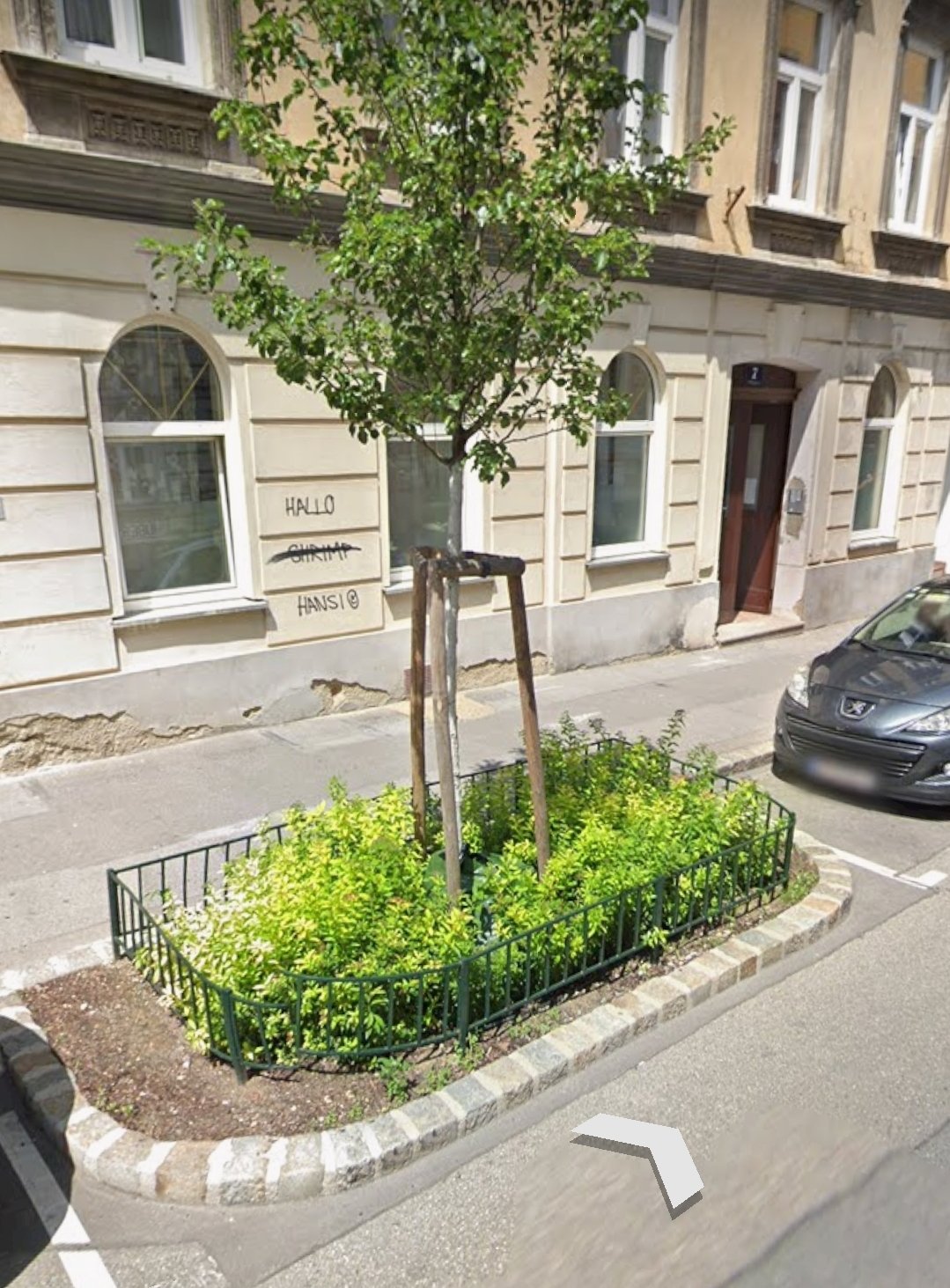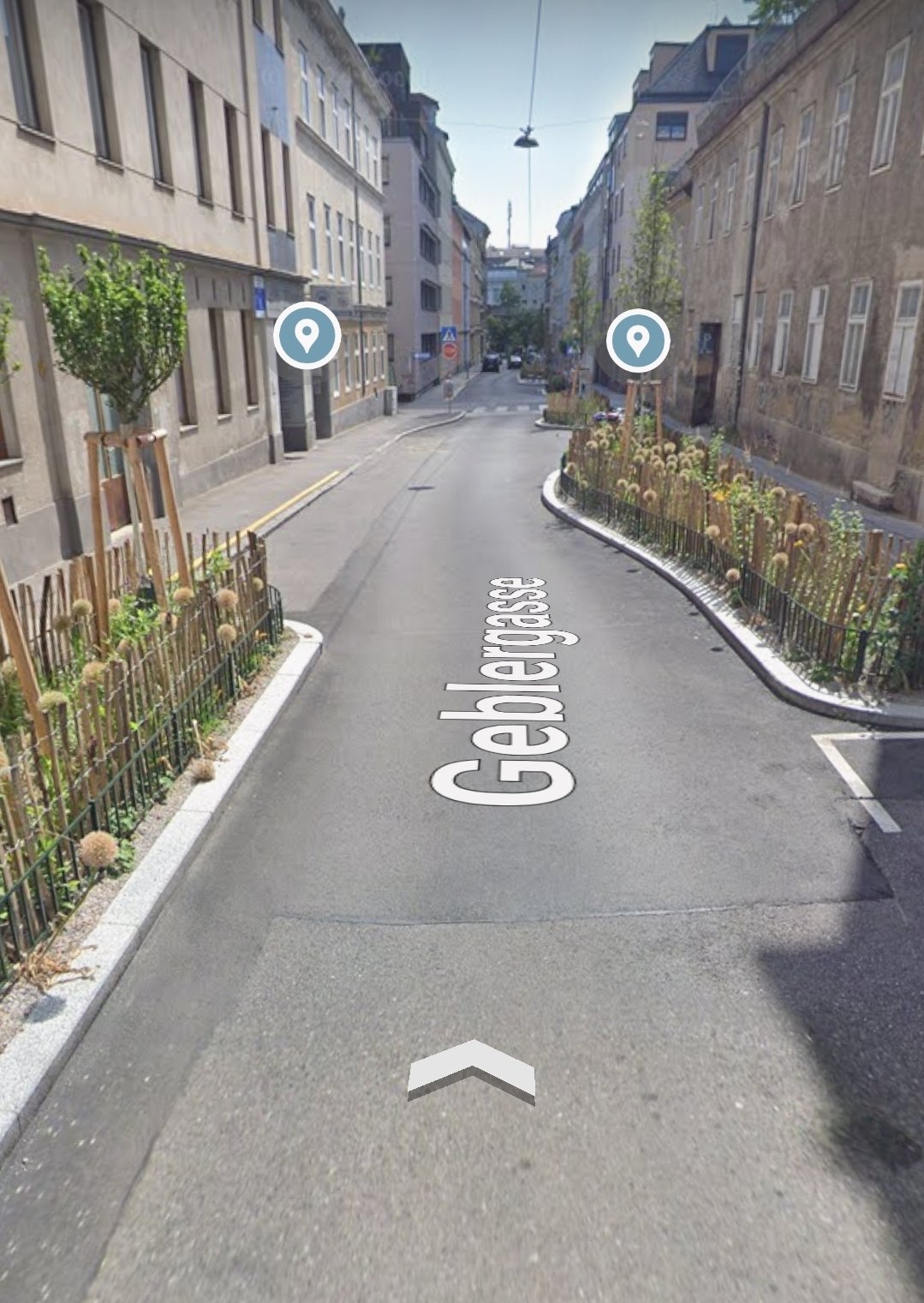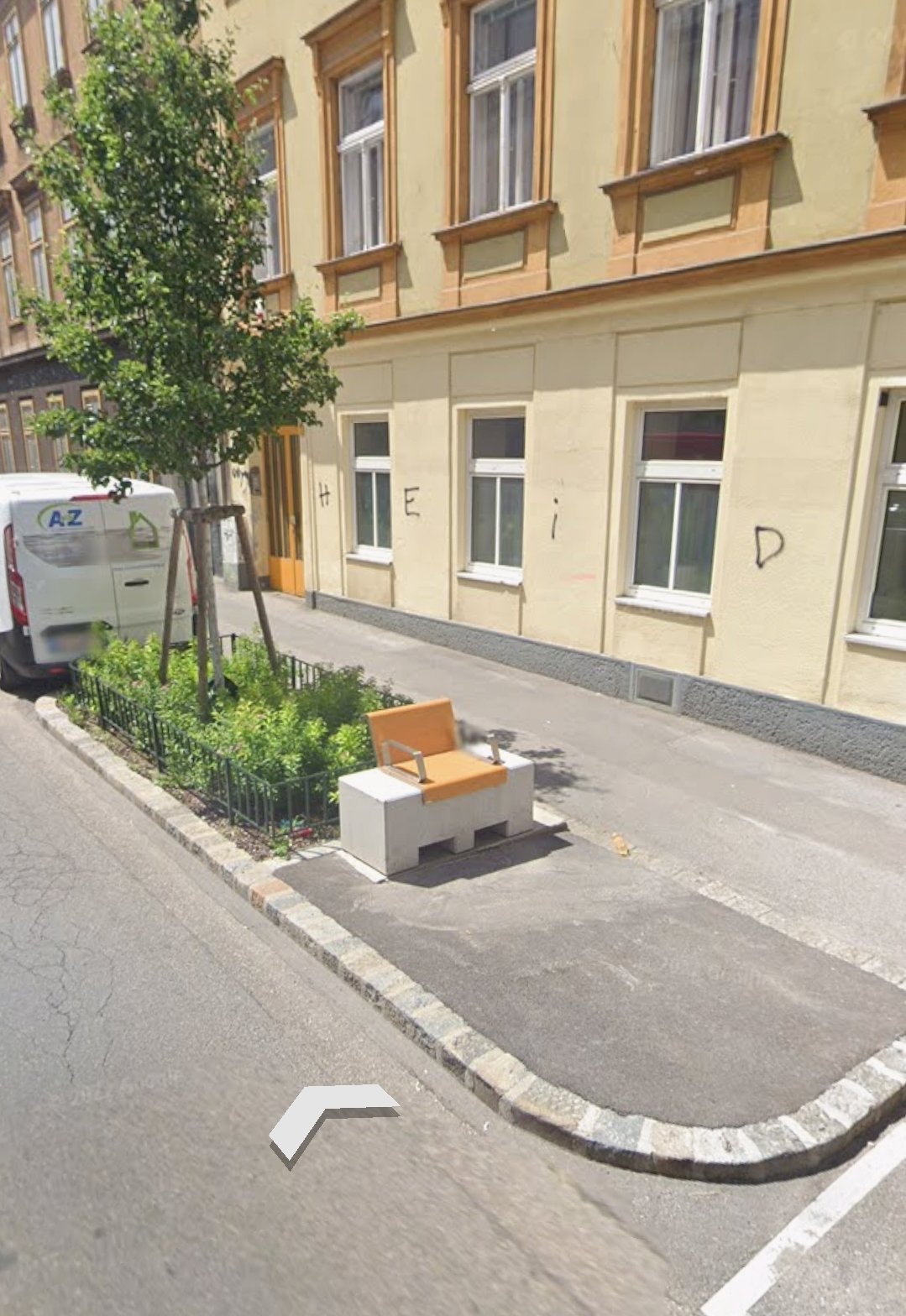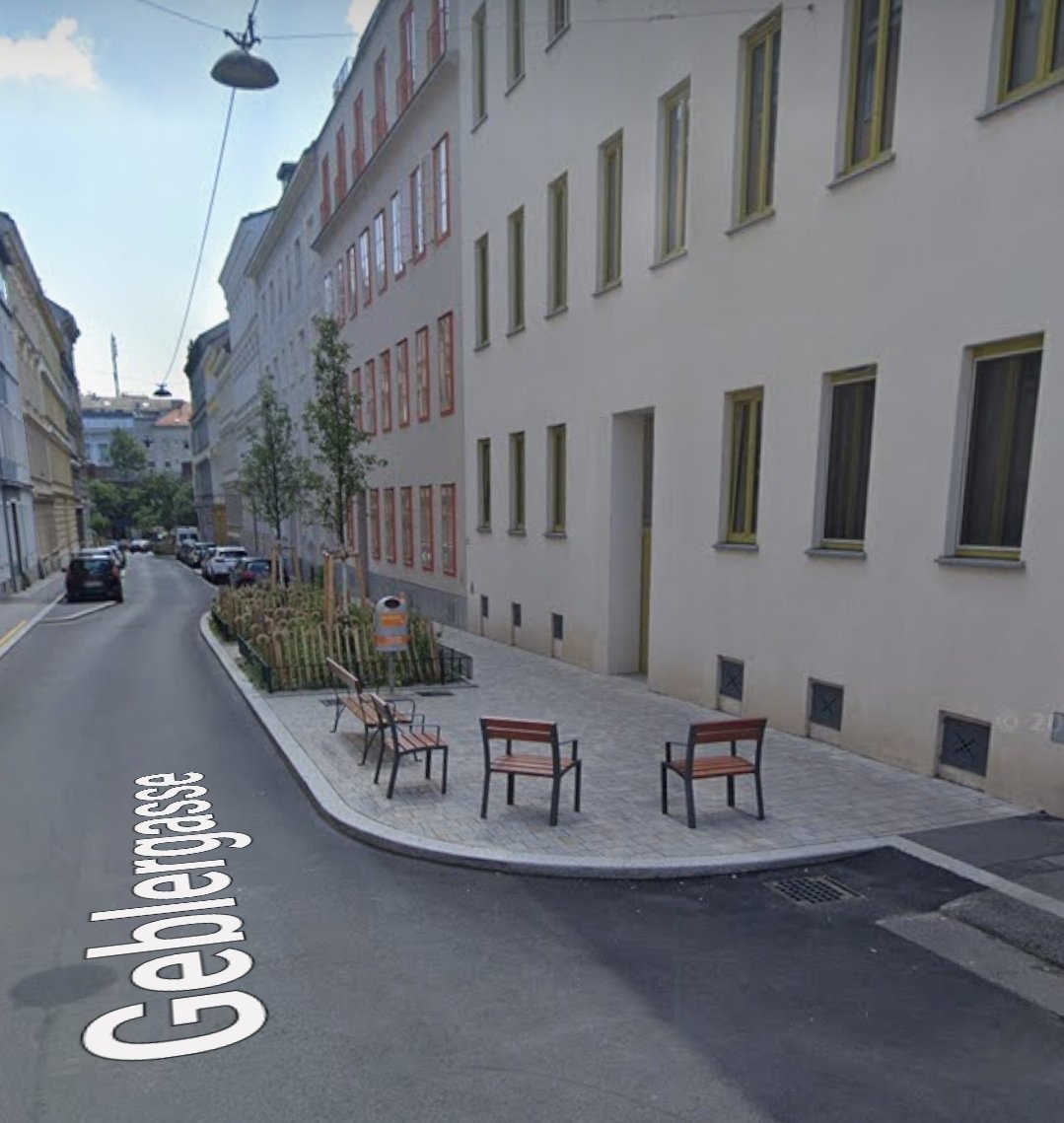

Just ran this on my entire music library of 73000+ songs. Worked like a charm.


Just ran this on my entire music library of 73000+ songs. Worked like a charm.

This right here, “the second lane was always blocked with parked cars.” Pretty much sums up most of Toronto’s city streets. The second lane (or far right lane) is usually unusable because of parked or stopped cars.
And as soon as a side walk gets widened or a bike lane goes in to use the space more efficiently motorists looses their shit.
Bloor has really become more enjoyable as a street, and easier to traverse by car, bike and on foot.

Are you the Transportation Minister for Brampton. /s

Maybe just Ontario? Though there does seem to be a common recurring theme in Canada these last few decades where its easier to not take action and say we tried everything, rather then taking action and solve problems.
Its always easier to take no action and not upset one group or another, zero-sum game, as opposed to take action and have a small group upset at the end result.
In both cases the Canadian in charge of the action, or inaction, says “Sorry, eh”.

This whole removal of bike lanes on Toronto’s roadways that are classified as streets is so backwards.
Streets are for the people that live on them. Streets are a destination points.Roads are designed to get you from point a to point b. Roads are not a destination and don’t care about the community they cut through.
We are removing key infrastructure in our cities that directly supports the residents living within these areas, and replacing it to serve suburban commuters that live outside the city.
We need to make city centres more enjoyable and walkable. We need to make city centres more accessible to families. Having people move out of the city and commute into it everyday is the opposite of this. We need more choice in housing sizes and units layouts, we need more schools that are not at capacity.
There needs to be a greater push in how North America classifies its roadways. There are key differences between streets, roads, high-speed roads, highways, and interstates. All these classifications impact how these roadways serve the people around them, and how people use them. For example you would not put a sidewalk next to a highway car lane.
Instead these last few decades its been either “strode’s” or highway. In some cases even strode’s acting as highways as well.


Something similar was done in Japan for walking and texting (or looking at your phone screen). Makes sense the same would translate to all modes of transportation including cars.
https://www.bbc.com/worklife/article/20200810-yamato-japan-smartphone-ban-while-walking
Though, jail time may be a little harse for communicating with people over a phone.


Most roundabouts in Ontario are two lane roundabout. I have yet come across a three lane or four lane roundabout
My general consensus for two lane roundabouts is treat the inside of the roundabout as you would a regular signaled intersection, in that you dont change lanes inside the intersection.
If you came up to the intersection on the right you exit straight, or turn right. You can’t change your mind inside the intersection and turn left from the right lane. (Though this does not seem to stop a few motorists I have seen).
Alternative view of roundabouts (same principal), treat them like a continuous roadway. If you are in the right lane you dont suddenly turn fully left. Similarly if you are in the far left you dont suddenly turn fully right cutting everyone behind you off.
To add, if you did enter the roundabout incorrectly and ended up going in another direction then you originally desired, its generally best to continue through and course correct on the next roundabout or car park/parking lot.


Wish we would stop adding lanes already. The 401 is a complete mess as it is already in design and interchanges.
Get all trucks to stay in the right lane, and make highway layouts more efficient by not having that right lane disappear into a offramp. Also remove trucks off the express sections altogether. Resever the express to light vehicles. Add surcharges to delivery and trucking companies exceeding certain vehicle sizes. Add surcharge zones for car traffic in downtown neighbourhoohs.
Stop expanding suburbs and instead add density to cities and towns. Add alternative transportation such as trains, subways, trams, buses, cycaling infrastructure, pedestrian sidewalls and trails. Convert office spaces to lofts and apartments, allow low rise 4-5 story mixed use developments on existing parcels with point access stairwells.
Add reasons for families to stay in cities, make it affordable compared to a suburban single family home so they can live where they may work as opposed to comuting into the city by car.
Any chance Jellyfin and Finamp have a music playlist and mix building feature?
Plex has this with Plexamp but I have not had a chance to look into jellyfin to see if a plugin offers something similar.
I hate building playlists, Plex offers a few different options like sonic sage, sonic adventure, artist mix builder, and automatic mixes based on past listening history.


I would really like to get a critical mass group going in toronto so we can bike all the major streets in Toronto in groups of hundreds or more.

Definitely remember this one as well.
https://www.google.com/amp/s/www.cbc.ca/amp/1.5368745
Honesty I have no idea how all his ideas are 100% in the complete opposite direction.

Ford yet again seems to be the center of some questionable decisions that favour big corporations as opposed to the people of Ontario.
Some items include:
Trying to change zoning on protected green belt land to allow developers to build single family home subdivisions. The land was purchased by developers in anticipation to the change in zoning.
Releasing a liquor map to help individuals find alcohol, while a liquor stike was happening (somewhat a slap in the face for union workers TBH). This coincided with his push to get liquor into convince stores and corner stores while at the same time breaking a contract that would have expired in two years costing tax payers millions.
Killing a proposed recycling programs that would benefit the people of Ontario by making stores responsible to accept back recyclable materials. This program was ment to shift the cost of recycling from tax payers to corporations and business in a effort to push them to limit the amount of packaging used for products. The program was to function very similar to the Ontario Beer Store that takes back cans and glass bottles. (Unfortunately the future of the beer store recycling program is also up in the air)
Potential covering up of the completion schedule for new transite lines that were scheduled to be completed 2020.
The sudden shutdown of the Ontario Science Center due to a structural report stating a small section of roof might collapse within one of the buildings. The report presented no immediate danger but press conferences and Ford himself called the building a death trap. Many schools roofs in Ontario were built in the same way and are nearing end of life, no action or plan has been put forward.
The Ontario Place being leased and redeveloped into a luxury spa. This also coincided with the Ontario Science Center being moved to Ontario Place. The reasoning for this is that the Ford Government is contractually obligated to build a mega parking garage for the luxury spa. To justify the building of the garage it is to be shared between the new location for the Ontario Science Center and the Spa.


Jokes on you, in most cases I deploy in 2-3 seconds.

Could these have been done a lot better with greater design intent? Absolutely! Here are some great examples from a neighbourhood in Vienna.





Safer and more plessent streets (and roads) are about controlling the flow of traffic. Creating barriers is what makes roadways more efficent, its not about removing all barriers.


Comes down to personal preferences really. Personally I have been running truenas since the freebsd days and its always been on bare metal. There would be no reason you could not virtualize it, and I have seen it done.
I do run a pfsense virtualized on my proxmox VM machine. It runs great once I figured out all the hardware pass through settings. I do the same with GPU pass through for a retro gaming machine on the same proxmox machine.
The only thing I dont like is that when you reboot your proxmox machine the PCI devices dont retain their mapping ids. So a PCI NIC card I have in the machine causes the pfsense machine not to start.
The one thing to take into account with Unraid vs TrueNAS is the difference between how they do RAID. Unraid always drives of different sizes in its setup, but it does not provide the same redundancy as TrueNAS. Truenas requires disk be the same size inside a vdev, but you can have multiple vdevs in one large pool. One vdev can be 5 drives of 10tb and the other vdev can be 5 drives of 2tb. You can always swap any drive in truenas with a larger drive, but it will only be as big as the smallest disk in the vdev.


Intel Core i5 CPU 750 @ 2.67GHz with 16gb ram 165TB of storage. Motherboard is a Asus Delux 10+ years old. And a 10gb NIC. All inside a fractal Design XL case.
The hardware is by all means not top of the line, but you dont need much for a NAS.


I personally run truenas on a standalone system to act as my NAS network wide. It never goes offline and is up near 24/7 except when I need to pull a dead drive.
Unraid is my go to right now for self hosting as its learning curve for docker containers is fairly easy. I find I reboot the system from time to time so its not something I use for a daily NAS solution.
Proxmox I run as well on a standalone system. This is my go to for VM instances. Really easy to spin up any OS I would need for any purpose. I run things like home assistant for example on this machine. And its uptime is 24/7.
Each operating system has its advantages, and all three could potentially do the same things. Though I do find a containered approche prevents long periods of downtime if one system goes offline.

Excellent example! Very rarely do you see a individual just shoot out from behind you in a line and by pass a whole queue of people.
Where as in a car you see people mounting a curb/sidewalk to make a right turn to squeeze past the individual in front of them. Or driving into oncoming traffic to get to the left hand turn lane a few seconds sooner. Or my favourite, seeing people stuck in highway traffic choose to off road to leave the highway, as opposed to waiting for the offramp. Meanwhile a crowed of individuals follows causing a unsafe situation for everyone.
Video for context regarding the last point.
https://www.tiktok.com/@oxtailpapi/video/7222122580495453445

I would really like to live in a town/city that does not have this issue. North America really needs to reassess its roadways and infrastructure.
The path to safe infrastructure is usually not just “remove all barriers” but instead “control the flow of traffic”.
Are you using musicbrainz picard to tag your collection, or something more manual?